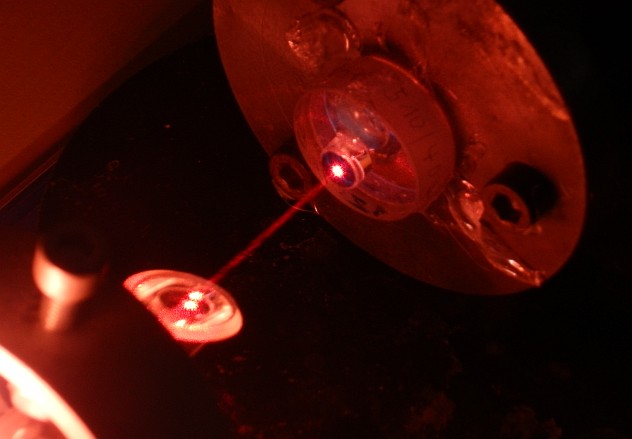Sigurthr
0
- Joined
- Dec 11, 2011
- Messages
- 4,364
- Points
- 83
Those projectors only ever make three wavelengths. They do not truly mix, the eye just thinks they mix. For example red and green do not actually make yellow/orange photons. The eye just thinks they do. If a laser is tunable, it actually makes the photons it is tuned to.






